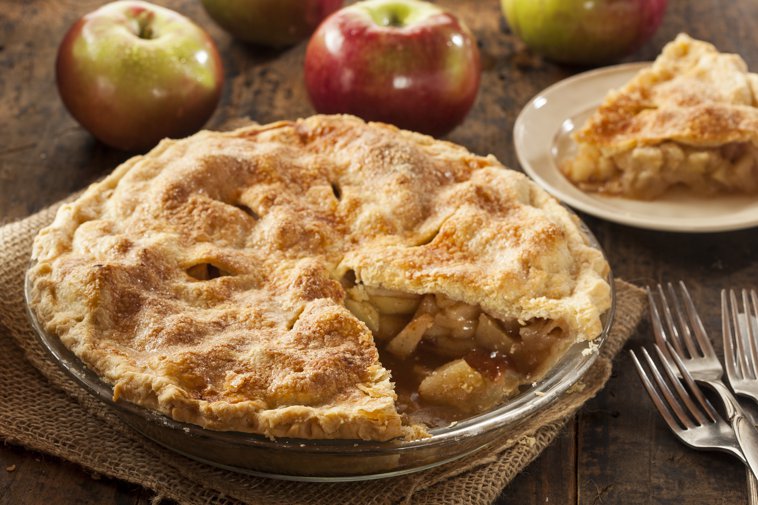"Nice" in Spanish
You’ve found our article on nice in Spanish. Nice one! (¡Bien hecho!) In this article, we’ll talk about several different ways to say nice in Spanish. Let’s take a look.
Nice in Spanish: Nice as an Adjective
Nice can be translated in a few different ways, depending on the context. Let’s check out how we can translate nice in Spanish, and in what context.
Remember that adjectives have to match the nouns they describe in gender and number. Brush up on your noun-adjective agreement with this article.
Let’s see how we can use these translations of nice in Spanish:
| examples |
|---|

Nice in Spanish: Nice as an Interjection
Nice can also be used as an interjection. In this case, we can translate it as estupendo, genial, or qué bien.
| examples |
|---|

Nice in Spanish: What to Do When There’s No Direct Translation
In English, we often use nice together with and. In this case, nice is used as intensifier. A few examples of this construction include nice and hot, nice and easy, and nice and quiet. So, how do we say nice in Spanish in this context? Well, it’s not that easy. In this case, there’s no direct translation of the word nice in Spanish. We often use the word muy(very) or the suffix (ito) as translations for nice in Spanish in this context—but not always! Let’s examine some ways we could translate nice as an intensifier.
| examples |
|---|
Learn about some nice Spanish words with no English equivalents in this article.
Nice in Spanish: Words and Phrases That Use Nice
What about the phrases in English that use nice? They’re also a bit tougher to translate. Check out how we say nice in Spanish in the following phrases:
| Spanish | English |
|---|---|
| ¡Buena!, ¡Bien hecho! | Nice one! |
| Buena foto. | Nice pic. |
| Hace buen tiempo. | The weather’s nice. |
| Mucho gusto. | Nice to meet you. |
| ¡Que tengas un buen día! | Have a nice day! |
| Sé amable. | Be nice. |
For example:
| examples |
|---|
Well, that was nice. We hope that you’re muy contentos(nice and happy) with all that you’ve learned.
Check out these nice articles to learn more:














